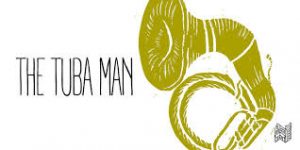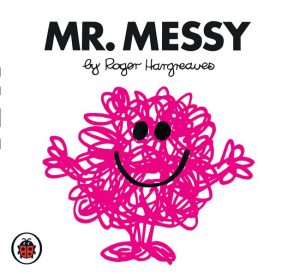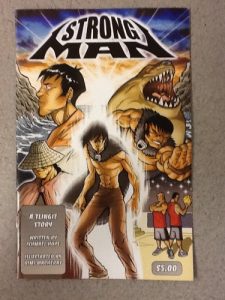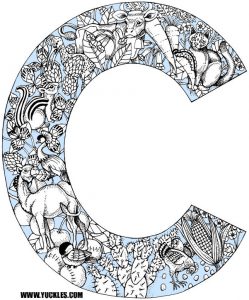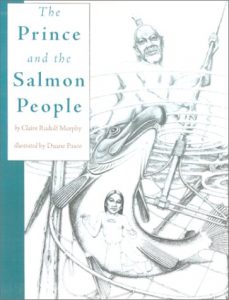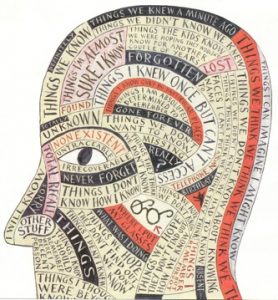
“There is no such thing as a neutral education process. Education either functions as an instrument that is used to facilitate the integration of the younger generation into the logic of the present system and bring about conformity to it, or it becomes “the practice of freedom,” the means by which men and women deal critically and creatively with reality and discover how to participate in the transformation of their world.” -Paulo Freire, Pedagogy of the Oppressed
- When I think of how my understanding of culture and power affect my teaching, I think about a picture book I read last semester. This book was highlighted as one that did not meet the multicultural standards for use in the classroom. I don’t remember the book in its entirety but I do remember that on my first read through, I was confused. What was wrong with this book? It seemed a very positive portrayal of coming to the US, and how one young immigrant become an Olympic competitor through hard work and determination. The mental and emotional process I went through just to unpack my own thinking on a seemingly simple picture book was pretty involved and uncomfortable.
I had to drop my defensive posture to be able to acknowledge that my experience and my reality is not everybody’s experience and reality. I had to acknowledge that because I am a white, female born in US, I have a certain amount of privilege that others might never experience. I had to acknowledge that my “bootstrap” mentality was fundamentally flawed. People of color really are judged by the color of their skin rather than the content of their character.
It was unsettling to me to realize that I thought that I already knew all of this. And yet here I was, staring a form of racism right in the face-written and illustrated in its most basic form for child consumption and I was unable to see it for what it was.
What does this mean for me as a teacher? Well I like to think I’m not completely hopeless or helpless. While the term ‘institutional racism’ points to faceless and shapeless organizations, what lies being those facades are people; human beings, most likely with good intentions, but also with skewed views of the world and how it operates. If I am able to do the uncomfortable and messy work of sorting out my own mind, then I still have hope that others can as well.
I think that to make any progress toward real equality in my classroom, in my school and in my community, it will take an uncomfortable kind of vigilance on my part. I need to ask the same questions I asked when I was struggling to look beyond the surface of that picture book. Who’s voice is missing? Is this true for everybody? Who’s voice can I bring into the classroom or staff meeting to balance this out? What barriers are here that need to be removed?
Another aspect of this is creating a culture within the classroom that embraces differences and fosters critical thinking, that is transformative. David Katzeek offered us a very beautiful and very real solution. We need to see and treat each and every student as an intelligent human being. We need to realized that they ALL have what it takes to learn and to grow and to succeed inside of them. Our job is to help them to see that in themselves and others.
2. The three terms I picked were tolerance vs transformation, critical thinking, and multiple realities.
Tolerance vs transformation jumped out at me right away because I think that it is critical to evaluate where you stand along that spectrum between the two with regards to your mindset and practices. There is a level of understanding that needs to be reached before real transformation can happen. And it is not so much a destination as a journey. It is a mindset. So much of the educational material that we have and the methods that we fall back on are inadequate. If our goal as educators is to empower students to be critical thinkers, than we must be constantly striving toward transformative teaching. We need to create those safe spaces within the classroom to be able to explore sensitive issues. When we do this we will enable students to look beyond themselves, to see that there truly are multiple realities.
3. How can I be culturally responsive this year? I see this as a multilayered process. First and foremost I want to get to know the students and to let them know that I care. Peter told me that he used to stand at the door to his classroom to shake hands and welcome everybody to class. I would like to adopt a similar practice.
As far as material goes, I want to incorporate literature from writers of different ethnic backgrounds, in order to give alternative perspectives. I also want to create creative gateways into higher levels of thinking by accessing students prior knowledge with things, such as song lyrics, that will be familiar to them.
I believe that my culturally responsive lesson that I created meets these objectives and will be a great way to test the waters. I have grounded the lesson in Alaska, utilizing a native Tlingit story. I have the modern comic version of the story to show how the values and lessons in the original translate to today. And I have included folktales from all over the world to show the value in all cultures and ways of thinking-which will be very important in a diverse Anchorage classroom.
As I head into the second semester I want to create structured literature groups. I want to be intentional about my planning and scaffolding, creating a lot of opportunities to get as many voices into the room as I can. I want to utilize student journals, teacher/student conferences as well as peer conferencing, and small group and full class discussion strategies.
